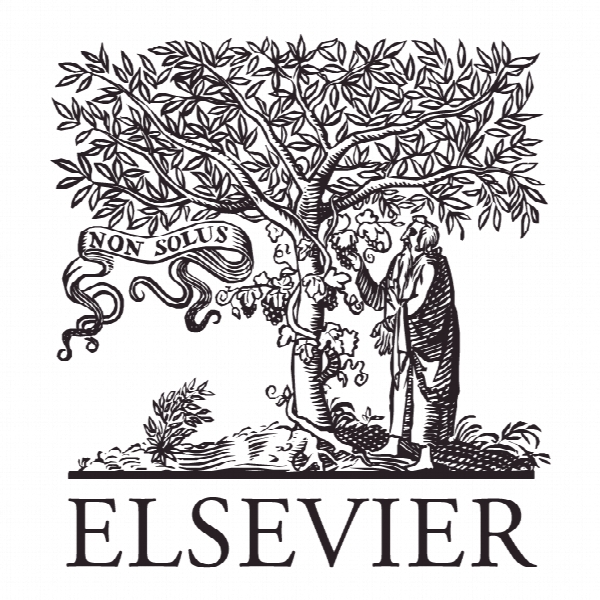مکانیزم های کامپوزیت زمین لغزش Büyükçekmece (ترکیه) به عنوان عامل تهویه برای تحرک ناشی از زلزله Composite mechanism of the Büyükçekmece (Turkey) landslide as conditioning factor for earthquake-induced mobility
- نوع فایل : کتاب
- زبان : انگلیسی
- ناشر : Elsevier
- چاپ و سال / کشور: 2018
توضیحات
رشته های مرتبط مهندسی عمران
گرایش های مرتبط سازه، زلزله
مجله ژئومورفولوژی – Geomorpholog
دانشگاه Università di Roma – Italy
منتشر شده در نشریه الزویر
کلمات کلیدی انگلیسی Landslide, slope stability, earthquake-induced displacements
گرایش های مرتبط سازه، زلزله
مجله ژئومورفولوژی – Geomorpholog
دانشگاه Università di Roma – Italy
منتشر شده در نشریه الزویر
کلمات کلیدی انگلیسی Landslide, slope stability, earthquake-induced displacements
Description
1. INTRODUCTION The behaviour of slopes during earthquake shaking and the induced landslide mobility depend on their complex interactions with seismic waves. Such interactions are controlled by several features including the slope geometry, the landslide mass properties and the physical characteristics of the seismic waves (Bourdeau and Havenith, 2008; Lenti and Martino, 2012; Fotopoulou and Pitilakis, 2015; Martino et al., 2016b). Earthquake reactivated landslides more commonly involve coherent soils or debris. Although these events are a priori recognizable by typical landforms or historical chronicles that document their past activation, much effort is required to evaluate how their stability conditions change due to earthquake occurrences as well as to quantify their coseismic or postseismic mobility in terms of expected displacements. Stress-strain numerical modelling performed under dynamic conditions helps to better understand the aforementioned interactions; however, these models rely on very strong constraints to reproduce the engineering geological setting of the slope and to return reliable outputs in terms of amplification functions or induced displacements (Martino, 2015). With the goal of predicting earthquake-induced movements of landslides, possible interactions between seismic waves and slopes have been analysed in several studies (Del Gaudio and Wasowsky, 2007; Bourdeau and Havenith, 2008; Danneels et al., 2008; Lenti and ACCEPTED MANUSCRIPT 4 Martino, 2013) to describe how the triggering conditions depend on seismic input properties such as energy, frequency content, directivity and peak ground acceleration (PGA), as well as on the slope topography and geological setting. Some case studies (Bozzano et al., 2008, 2011; Alfaro et al., 2012; Martino et al., 2016b) highlighted the role of these interactions in response to seismic amplification effects. In particular, it was previously highlighted (Delgado et al., 2011) that pre-existing large landslides can represent outliers with respect to the empirical curves of expected earthquake-triggered landslides as a function of magnitude vs. distance proposed by Keefer (1984) and Rodriguez et al. (1999), since these large preexisting landslides can interact with far-field earthquakes characterized by long-period spectral contents. Coseismic displacements of earthquake-triggered landslides were traditionally computed for several decades by applying the Newmark (1965) method, which considers the existing landslide mass as a rigid sliding block whose displacements are cumulated during the seismic action only in the case of PGA exceeding a threshold. Several limits were noted on the representativeness of the Newmark method in the case of nonrigid masses (i.e., in most cases of earth-slides) due to the internal deformations produced during the seismic shaking, which are responsible for amplification of the seismic motion. To consider this feature, according to a 1D resonant column model, decoupled or coupled solutions were adopted (Makdisi and Seed, 1978; Rathje and Bray, 2000) that consider the simultaneous solution of the dynamic and of the sliding analysis. Such solutions were also implemented to take into account fully nonlinear soil properties (Rathje and Bray, 2000) and to consider the probabilistic variation of the seismic input properties (Bray and Travasarou, 2007; 2009; Rathje and Antonakos, 2010).


